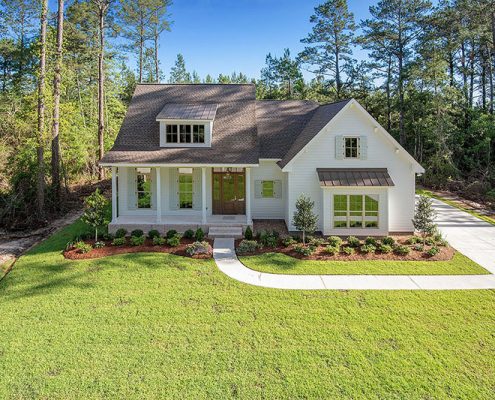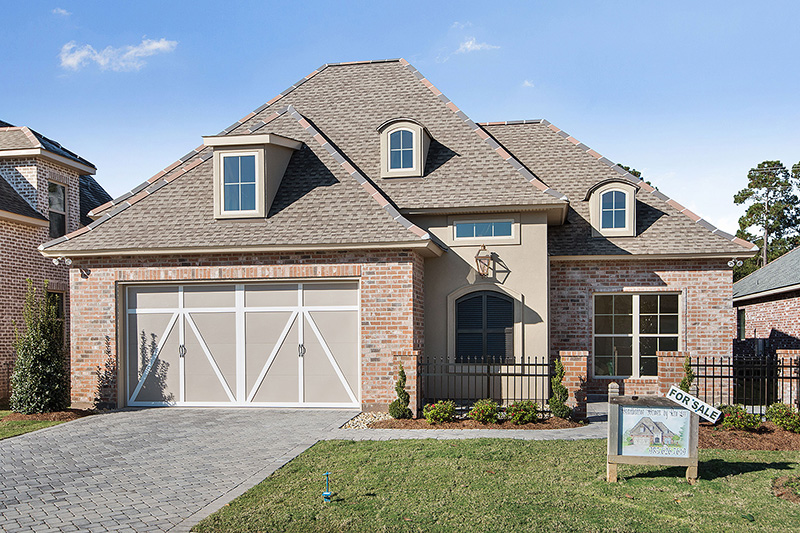Liz’s Where Y’ at Diner
in Mandeville was tragically burned in a fire June 11, 2019. The
closing of this landmark at 2500 Florida Street was sad for everyone.
Liz is not letting the fire detour her business. She plans to reopen.
Tuesday morning, June 11, 2019, a fire broke out during a busy morning rush. The fire began in the dry goods storage area and spread from there causing major damage to the building. The restaurant’s 10 year anniversary is today and will be celebrated when the restoration is complete.
Liz praised the community for their love and support, “The love we’re getting … the wonderful things people are saying and doing for us. The free meals (from neighboring restaurants). It’s amazing. It’s truly amazing.
“I’ll tell you: It’s overwhelming.”
Liz Munson opened “the laid-back diner” ten years ago in Mandeville on Florida Street. This had been her dream after waitressing for fifteen years. The New Orleans native wanted to celebrate the New Orleans’ classic Creole food in the tranquil setting of the Northshore.
The fire hasn’t stopped her from working nor her employees. She will keep paying her employees even though the restaurant is closed. Liz has created a make shift office out of a picnic table next door. She and her 33 employees are working on getting the restaurant restored and reopened.
Luckily the damage was mostly in the kitchen area, however everything will have to be replaced.
Munson explains that, “The smoke (damage) is everywhere. Little things like the pencils and the pens. Every sheet of paper. Everything smells like smoke.”
Patrons will still enjoy the same food, and same atmosphere as before. Liz shoots for a Labor Day reopening. There is a GoFundMe page that has been set up to help cover cost.
Click here to contribute to the GoFundMe account for Liz’s Where Y’ at Diner.
Click Here For the Source of the Information.
Tuesday morning, June 11, 2019, a fire broke out during a busy morning rush. The fire began in the dry goods storage area and spread from there causing major damage to the building. The restaurant’s 10 year anniversary is today and will be celebrated when the restoration is complete.
Liz praised the community for their love and support, “The love we’re getting … the wonderful things people are saying and doing for us. The free meals (from neighboring restaurants). It’s amazing. It’s truly amazing.
“I’ll tell you: It’s overwhelming.”
Liz Munson opened “the laid-back diner” ten years ago in Mandeville on Florida Street. This had been her dream after waitressing for fifteen years. The New Orleans native wanted to celebrate the New Orleans’ classic Creole food in the tranquil setting of the Northshore.
The fire hasn’t stopped her from working nor her employees. She will keep paying her employees even though the restaurant is closed. Liz has created a make shift office out of a picnic table next door. She and her 33 employees are working on getting the restaurant restored and reopened.
Luckily the damage was mostly in the kitchen area, however everything will have to be replaced.
Munson explains that, “The smoke (damage) is everywhere. Little things like the pencils and the pens. Every sheet of paper. Everything smells like smoke.”
Patrons will still enjoy the same food, and same atmosphere as before. Liz shoots for a Labor Day reopening. There is a GoFundMe page that has been set up to help cover cost.
Click here to contribute to the GoFundMe account for Liz’s Where Y’ at Diner.
Click Here For the Source of the Information.




